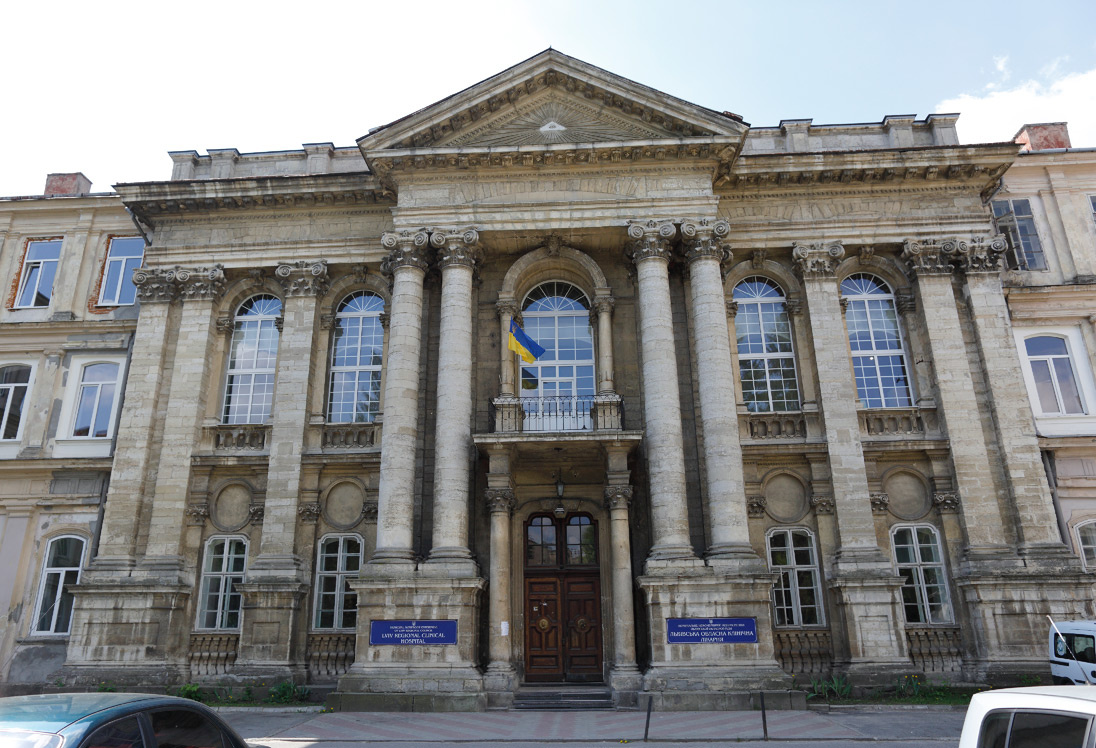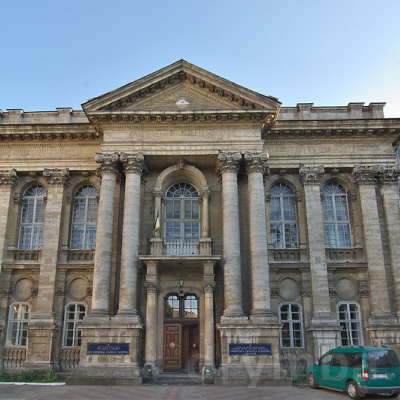PR team
The collegium building was the largest in the city at the time. It was built outside the city on top of a hill near ancient earthen fortifications. The collegium was designed by Francesco Placidi, who built the Collegium Nobilium in Warsaw, and who also designed churches and monasteries in Lukiv, Kholm, and a number of monasteries.
The building is made in the old Baroque style with elements of classicism. The façade has a loose entablature and a portico with a triangular pediment protrudes from it, and the tympanum houses the All-Seeing Eye, which is sometimes mistaken for one of the symbols of the Freemasons. The Lviv Collegium was built with classicist features. In 1760, the cornerstone of the church was consecrated. In the 18th century, the ideas of the Enlightenment spread. Philosophers emphasized equal rights from birth. These ideas spread to the general population of France. Frederick William I and Frederick II the Great expanded the network of primary schools in their country. The network of new universities and academies grew at an incredible rate.
In the middle of the 18th century, Stanisław Konarski, a Polish Enlightenment figure, spread educational reforms. From 1740, he taught at the Warsaw College of Nobilium Piaras, where young people studied the exact sciences. The colleges of piarists competed with the Jesuits, who opposed their spread. In 1718, the Piarist College appeared in Lviv, and it was the main educational institution in the city. In 1759, Pope Clement XIII confirmed the title of university to the Jesuit college. In 1772 Lviv came under the rule of the Austrian Habsburgs. The college was opened in 1774, but unfinished. Priests were allowed to teach young people for free under the supervision of a government commission. In 1784 a university was planned to be opened in Lviv, but the college was closed during the church reform. The building was transferred to a tobacco factory, and in 1785 it was used to create a general hospital, which was served by people from the parish church of St. Anthony. In the 19th century it had its own priest. The church behind the college was never built. Since the 1870s, nuns have been caring for the sick. The original appearance has been preserved thanks to a lithograph by Karel Auer. The construction of the hospital was completed in 1885 with the addition of the eastern wing.





